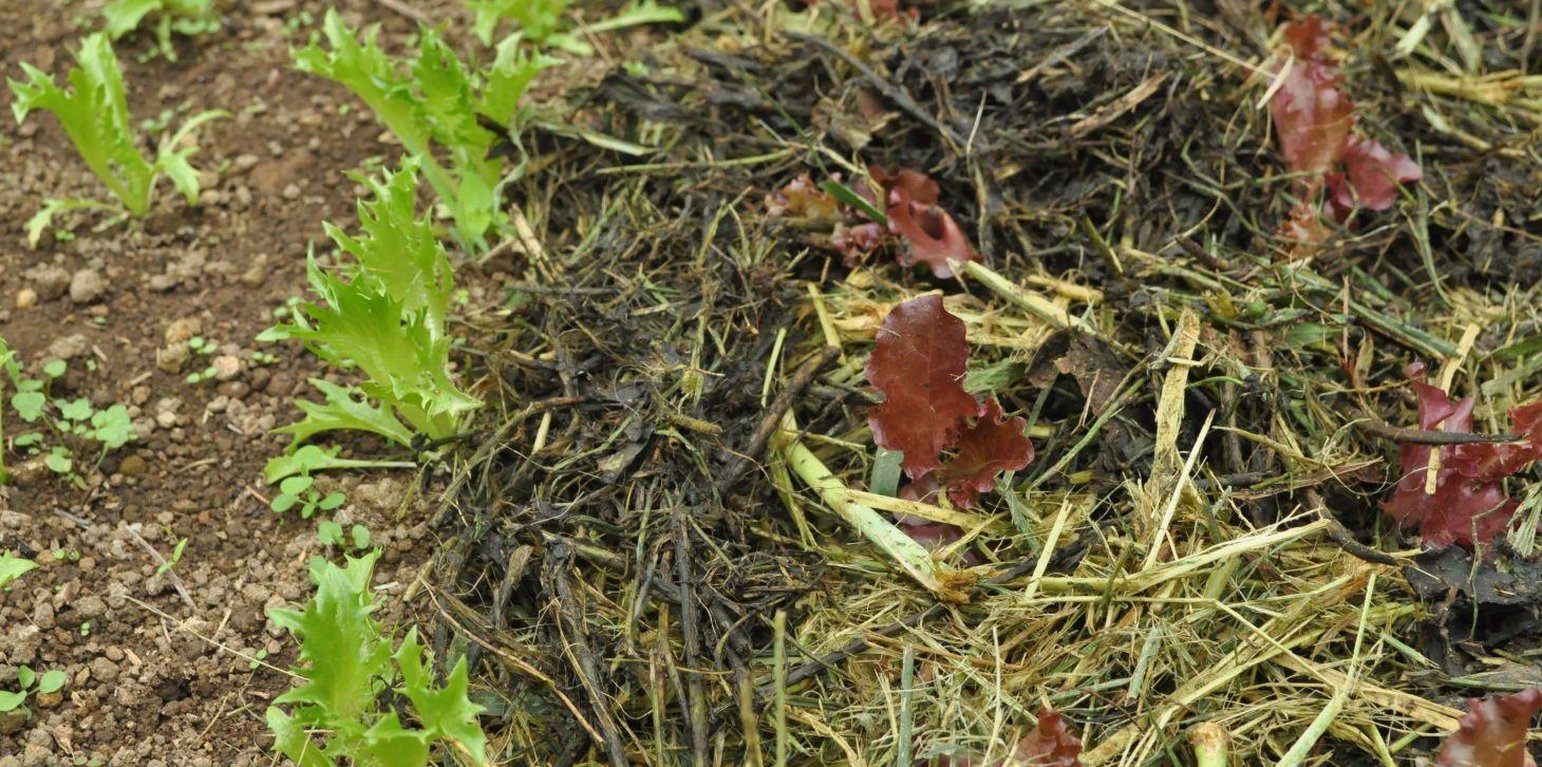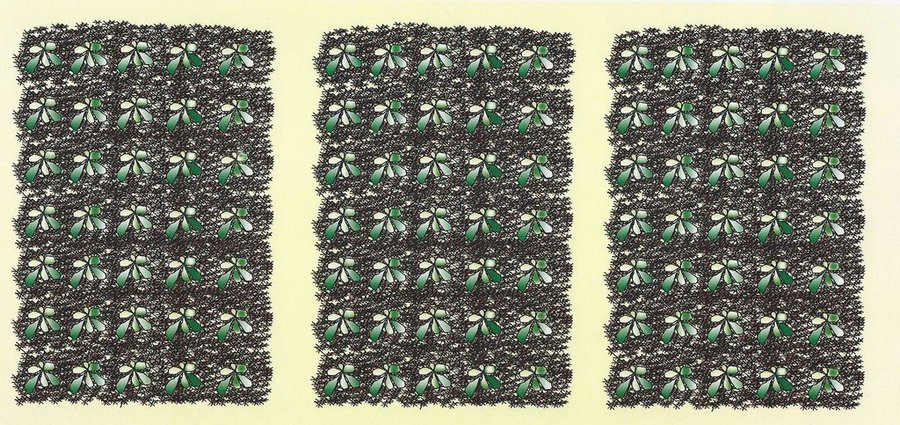



It is a farm residue management technique of utilizing organic materials, such as locally available grasses and weeds, into useful purposes. These grasses and weeds are cut or chop into smaller sizes then applied and spread in layers over the ground or soil surface. It will then be served as cover to the soil.
Purpose of the Technology: The purposes of this technology are the following: to conserve soil moisture; to reduce soil erosion; to improve soil fertility; and to reduce weed growth.
Establishment / maintenance activities and inputs: In practicing this type of mulching, these are the following steps and activities: (1) Hauling of grass and weeds available in the farm; (2) Shredding of grass and weeds using the shredder; (3) Spraying of Indigenous microorganism (IMO) solution to the shredded grass and weeds; and (4) Spreading of the shredded materials (about 1 inch thick) in the vegetable beds after transplanting the crops.
Natural / human environment: Master’s Garden of Mr. Ambrocio Acosta is located at Barangay Puguis, La Trinidad, Benguet. The province is Type I climate under the Coronas system of classification with distinct wet and dry seasons with an average annual rainfall of 3,879 mm. The dry season is from November to April while the wet season is from May to October. The farm has an elevation of 1,342 meters above sea level with less than 40% slope. The farm was manually terraced with UV treated plastic shed. The production system is manually managed and cultivated by Mr. Acosta and his two farm laborers.

ទីតាំង: La Trinidad, Benguet, ប្រទេសហ្វីលីពីន
ចំនួនទីកន្លែងបច្ចេកទេស ដែលវិភាគ:
ការសាយភាយនៃបច្ចេកទេស: ត្រូវបានផ្សព្វផ្សាយត្រឹមតំបន់មួយ (approx. < 0.1 គម2 (10 ហិកតា))
តើស្ថិតក្នុងតំបន់ការពារអចិន្ត្រៃយ៍?:
កាលបរិច្ឆេទនៃការអនុវត្ត: 10-50 ឆ្នាំ
ប្រភេទនៃការណែនាំឱ្យអនុវត្តន៍៖






| បញ្ជាក់ពីធាតុចូល | ឯកតា | បរិមាណ | ថ្លៃដើមក្នុងមួយឯកតា (Philippine pesos) | ថ្លៃធាតុចូលសរុប (Philippine pesos) | % នៃថ្លៃដើមដែលចំណាយដោយអ្នកប្រើប្រាស់ដី |
| សម្ភារៈ | |||||
| Shredder | ha | 1,0 | 2222,22 | 2222,22 | 100,0 |
| Sprayer | ha | 1,0 | 22,22 | 22,22 | 100,0 |
| ថ្លៃដើមសរុបក្នុងការបង្កើតបច្ចេកទេស | 2'244.44 | ||||
| ថ្លៃដើមសរុបក្នុងការបង្កើតបច្ចេកទេសគិតជាដុល្លារ | 49.88 | ||||
| បញ្ជាក់ពីធាតុចូល | ឯកតា | បរិមាណ | ថ្លៃដើមក្នុងមួយឯកតា (Philippine pesos) | ថ្លៃធាតុចូលសរុប (Philippine pesos) | % នៃថ្លៃដើមដែលចំណាយដោយអ្នកប្រើប្រាស់ដី |
| កម្លាំងពលកម្ម | |||||
| Labour | ha | 1,0 | 61,12 | 61,12 | 100,0 |
| ថ្លៃដើមសរុបសម្រាប់ការថែទាំដំណាំតាមបច្ចេកទេស | 61.12 | ||||
| ថ្លៃដើមសរុបសម្រាប់ការថែទាំដំណាំតាមបច្ចេកទេសគិតជាដុល្លារ | 1.36 | ||||
Increase in yield was observed as response to all benefits brought by mulch especially as a source of N and P on the soil
Organic mulching lessen the frequency of irrigation, weed control and application of fertilizer
Mulch conserve the soil moisture which lessen the need for irrigation
Grass and weeds are free and readily available in the environment thus reducing the expenses
Mulch conserve soil moisture, prevent weed growth and contribute nutrient to soil thus lessen the frequency of irrigation, weed control and application of fertilizer
Organic mulching eliminates the use of chemical herbicide and fertilizer thus preventing health risk for the laborers and land user.
Farming became less laborious resulting for available time to engage to other recreational activities
With the benefits gain by the application of mulch, awareness on the importance of conservation technologies increased.
Organic mulching prevents risks of the farmers from exposure to harmful effects of chemical fertilizer and herbicides. It also protects the consumer on the adverse effects of chemicals on the farm produce. Furthermore, it increased awareness and market demands including premium price for organic crops making the Organic Farming an impressive source of livelihood and business.
Mulching prevent surface runoff by providing soil cover
Mulches reduced soil water evaporation by modifying or keeping the soil temperature constant
Mulches reduced soil water evaporation thus retaining soil moisture
Even application of shredded grass and weeds as mulch also serve as soil cover